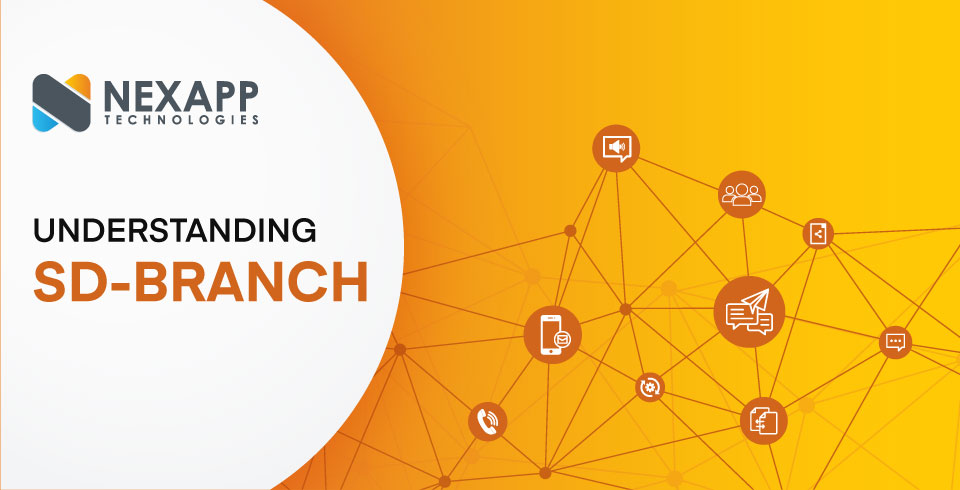
For any organization, communication is one of the major concerns. The HRs in many companies spend a lot of resources and energy focusing on communication training or how employees can build on their communication skills, either verbal or non-verbal. Hence, it is safe to say that communication is the most focused criterion. Not just with respect to individual development, but for any business to run smoothly, uninterrupted and easy communication between the organization or different branches of the organization is needed.
Company branches in different geographical locations rely immensely on the to and fro of communication between these branches, to ensure productivity, provide responsive customer support and run a variety of applications for the easy running of businesses. And that’s where SD-Branch comes into the picture. To take care of the security and communication, so companies can focus on running their businesses.
So what exactly is SD-Branch?
In simpler words, SD-Branch is an extension of SD-WAN and software-defined principles to branch locations. SD-Branch uses the SD-WAN technology and principles to simplify IT infrastructure at the branch and reduce the burden from the IT teams while improving overall branch security.
SD-branch allows multiple branch networks to be managed as a single construct. SD-Branch supports
- Four network functions, namely, WAN gateways, wired switching, WLAN and firewalls.
- Along with a single console multiple functions like unified configuration, policy, reporting, visibility and automation across the four functions are smoothly managed.
- Zero-touch configuration and automated operational tasks such as troubleshooting, reporting and typical moves/adds/changes.
- A fully supported, documented and published API.
With the increased number and a variety of devices, all connected to the branch network gives hackers easy access to all sensitive data. Even though IT has developed a variety of security appliances. These appliances with their overlapping functionality coming from various vendors can create additional operational complexities at the branch. With SD-Branch, traffic is inspected for any breach, with suspect traffic being sent to centralized resources or the cloud for further investigation. Branch security is at its best when fully automated leveraging centralized data centre and cloud-based intelligence.536283
Following the security-driven network philosophy, which integrates best in class wired and wireless services WAN infrastructure with unified management capabilities that include assurance, orchestration and security to maximize performance and minimize operational costs. Along with emphasizing central management, automation of deployment and network policies, improved network visibility, and a proactive approach to security, in turn, aims at meeting the needs of different environments such as retail stores, hotels and other branch locations.
Why should one consider opting for SD-Branch?
With SD-WAN gradually taking over the market, there are more reasons than not to make the shift to SD-Branch. Some of the major benefits are –
- SD-Branch deployments improve bandwidth efficiency and deliver better application performance.
- It supports SD-WAN routing, integrated security along with LAN and WIFI functions which can be centrally managed.
- Reduces the need for IT professionals to visit remote branch locations which in turn results in time and cost savings.
- With SD-Branch, there are fewer vendors involved, which leads to decreased support and maintenance costs.
- Smaller hardware footprint, which is ideal for space-constrained branches.
- A single power-efficient platform is replacing many applications helps in lowering the power consumption.
- Easier to deploy and less complex to manage as well as being more responsive to changing requirements at the branch.
SD-branch, simply explained is complementary to SD-WAN. As SD-branch solutions can manage SD-WAN products. SD-branch solutions can either be single vendor or multi-vendor; however, what is seen is that enterprises opt for a single vendor
This technology enables enterprises to deploy a single policy in a central manner that is automatically deployed to multiple devices at a location, and to multiple locations.
To know more about SD-Branch, visit Nexapp Technologies


